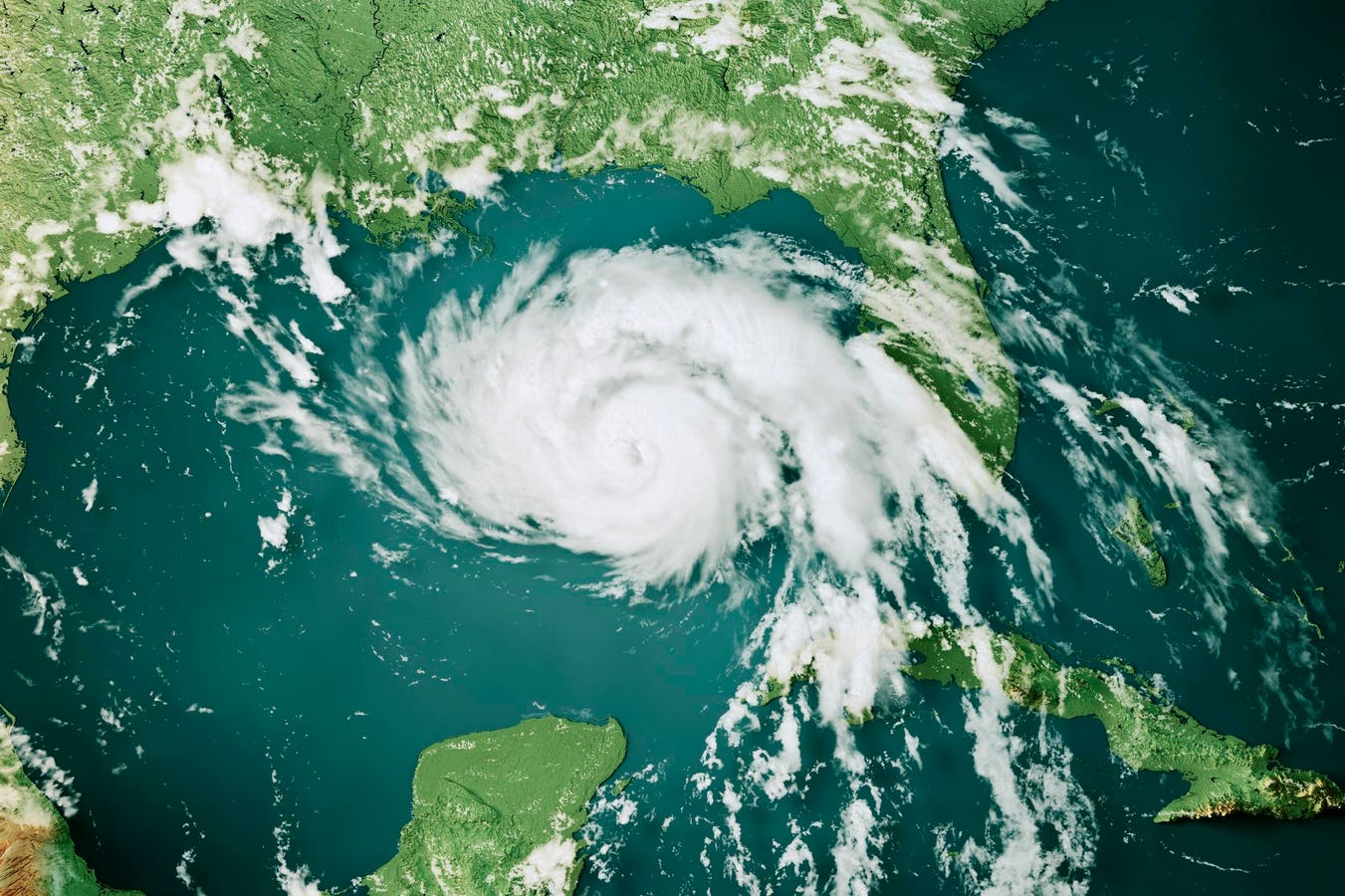Exceptional weather events are becoming more frequent, disrupting ecosystems and infrastructure, while climate change is also affecting wind patterns and meteorological phenomena. However, being able to better forecast these dire weather conditions can decrease uncertainties in various sectors, enabling them to make more informed decisions and work towards achieving global net-zero targets.
In 2023, renewable energy providers contributed more than 800 terawatt-hours (TWh) of green electricity to the worldwide power grid. This significant milestone, as noted by Lars Eirik Nicolaisen, the deputy-CEO of Rystad Energy, an independent research and business intelligence company, aligned perfectly with the global demand growth of electricity: “So for the first time in history, we have enough growth of green electricity added to global grids and household to offset global demand,” he tells.
With the global target to achieve a transition towards greener energy sources, there is a need to increase the production of renewable energy. Energy providers, however, are facing multiple challenges, among which the one it comes to making sure their plants are at full speed or they are built in locations that have particularly favorable conditions.
If 25 years ago, media outlets were the number one contractors to buy weather forecast information, this is not anymore the case: “Now media represents 3%,” tells Jostein Mælan, CCO of StormGeo, a Norwegian company global leader in weather intelligence and data science. Over 15 years ago the company started working side by side with the renewable energy sector providing them with insightful analysis.
Thanks to the development of new technologies and pruducts, the company has been able to give personalized forecasts to its energy clients worldwide: “Data accuracy demand of weather forecast is much higher now,” said Mælan, adding that to keep boosting renewable energy, forecasting will need to improve even more with the help of AI technology.
Companies are now strategically selecting their locations based on dependable predictions of optimal sun and wind patterns over longer spans of times, while also harnessing historical weather data to fortify their energy transition strategies, and ensuring greater resilience and precision of locations.
Geir Ramnefjell, CEO of the Norwegian startup Deep Wind Offshore, adds that for energy providers weather forecast is also important to understand conditions to carry complex installations offshore in a safe way for their crews.
According to StormGeo, investment plans in renewable energy production in the Nordics are set to surge, with an expected 250 TWh increase in new green electricity production by 2050. An illustrative case comes from the oil and gas sector, where Jan-Fredrik Stadaas, Corporate Strategy Manager at Norwegian Equinor, told the company’s ambitious investment of approximately $34.2 billion in the coming years.
But businesses will also need to enhance the resilience of the existing infrastructure, protect the value of their assets, and ensure continuity of operations in the face of unforeseen climate challenges.
In 2023, out of the 387 exceptional weather events happening globally, 204 had floods as a main effect. The company 7Analytics, works for example to ease risk assessment by building a data platform that supports sustainable risk management: “We can offer solutions so that clients can take mitigating actions early on, and protect the values of their assets,” says Helge Jørgensen, CEO and co-founder at 7Analytics. Their clientele includes the insurance sector but also global energy companies who leverage their services to safeguard their solar parks from the perils of flooding.
As the climate crisis continues to unfold, energy companies will need to continually assess their vulnerability to specific events and safeguard their assets in response to these risks, where technology and enhanced weather forecasting represent a beacon of hope for a stable and green energy supply.
Read the full article here





